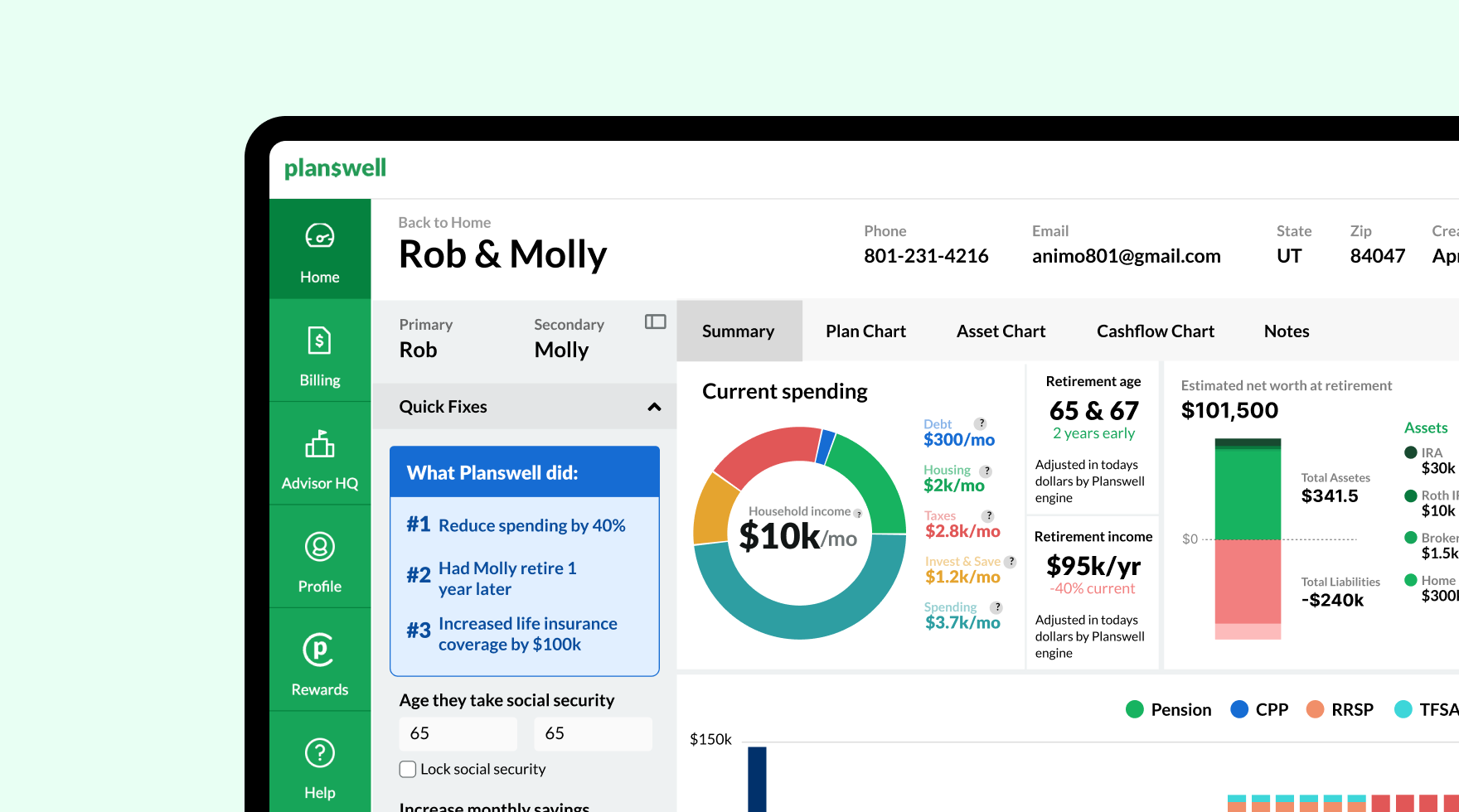Some clients like the plan and still do not say yes. They are not being difficult. It is usually a belief that kept them safe once and now gets in the way. If we name it together and offer a tiny next step, momentum comes back.
1) “Cash in the bank is the only real safety”
This belief keeps emergency funds bloated and plans underfunded.
Shift it to: Safety is access plus stability.
You could say: “Let’s set a floor for true emergencies and a refill rhythm. Everything above the floor can serve a job with a clear date.”
2) “Debt is always bad”
Clients who hate all debt avoid smart leverage and delay goals.
Shift it to: Some debt is a tool with rules.
You could say: “We can keep your sleep at night number while using a short, predictable paydown that moves the bigger goal forward.”
3) “If markets drop, I will lose everything”
Loss of control feels like loss of capital.
Shift it to: Volatility is movement, not a verdict.
You could say: “Let’s map the next 12 months of withdrawals in cash and short term reserves. Your long term money can ride out the bumps.”
4) “I will start when things calm down”
Delay feels like prudence, then becomes a habit.
Shift it to: Small starts create evidence.
You could say: “Let’s test the plan with a tiny pilot for thirty days. We will keep score and decide what to scale.”
5) “My situation is too unique for a simple plan”
Complexity protects indecision.
Shift it to: Unique inputs. Simple outputs.
You could say: “Your facts are specific. Your actions can be simple. Here are three moves that fit your facts and a date for each.”
6) “A good plan means beating the market”
Performance becomes the only yardstick.
Shift it to: A good plan funds real life on time.
You could say: “We will measure success by funded goals, taxes avoided, and stress reduced. Market returns are one input, not the finish line.”
7) “Insurance is a waste if I never use it”
People see cost, not risk transfer.
Shift it to: Protection buys options for your future self.
You could say: “We hope it never pays. If it does, it keeps your other plans intact. Let’s size it to the gap and review it each year.”
8) “I should wait for the perfect moment”
Perfection hides fear of being wrong.
Shift it to: Direction beats perfection.
You could say: “We will set a light rule, test it for one quarter, and adjust. The only wrong move is no move.”
9) “Taxes are fixed, not flexible”
Clients assume taxes just happen to them.
Shift it to: You can trade timing and type.
You could say: “We can pick which accounts to use this year, where gains land, and how we stage income at 63 and 64. That tends to lower lifetime tax.”
10) “I should do what my friend did”
Social proof feels safe even when facts differ.
Shift it to: What fits them may not fit you.
You could say: “Your numbers and timelines are different. Let’s borrow the idea, then resize it to your cash flow and your risk level.”
Tiny case sketches
Case 1: The saver who would not invest
Alicia held ten months of cash and felt brave only when balances were high. We named the belief, set a true emergency floor, and created a monthly refill rule. Everything above the floor auto moved to a goal account and a balanced portfolio. Three months later she approved a Roth conversion because the cash map made her feel safe.
Case 2: The perfectionist with twelve tabs open
Mike wanted the perfect time to sell concentrated stock. We switched the goal from perfect to evidence. He sold in three equal chunks on calendar dates, not price targets. Two chunks are done, taxes are mapped, and he now judges progress by plan risk, not stock price.
How to use this in meetings
- Name it
“I am hearing that cash feels like the only real safety. Does that sound right?” - Normalize it
“A lot of people feel that way, especially after the last few years.” - Offer a small test
“Want to try a one month pilot first? We keep your comfort floor and only move the extra.” - Write it down
Put the rule in plain words. Keep it where both of you can see it. - Close with a choice
“Should I set the pilot for the first of the month or send a one page summary so you can sit with it this weekend?”
What to document
- The belief you heard in the client’s words
- The shift you offered
- The test or rule you agreed to and the date it starts
- The scoreboard you will use to judge the test
- The next check in date









